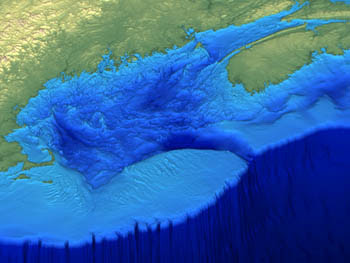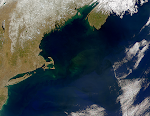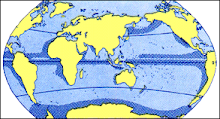
I read an article in the Globe an Mail about rising sea level and its implications for the Maldive Islands. The Maldive Islands are low-lying coral atolls in the Indian Ocean. Mohamed Nasheed, the newly elected President of the Maldive Islands, has announced that he deems it necessary to begin an investment fund to purchase land in anticipation of the likely relocation of the country's 300,000 inhabitants due to global sea-level rise and human induced climate change.
The President has made his predicament clear: "The Maldives have no other option but to find themselves another piece of land somewhere," he said. "This decision comes from the President's understanding that the political will to save them doesn't exist." He reasons that "We do not want to leave the Maldives, but we also do not want to be climate refugees living in tents for decades." To read the full article, click
here.




































